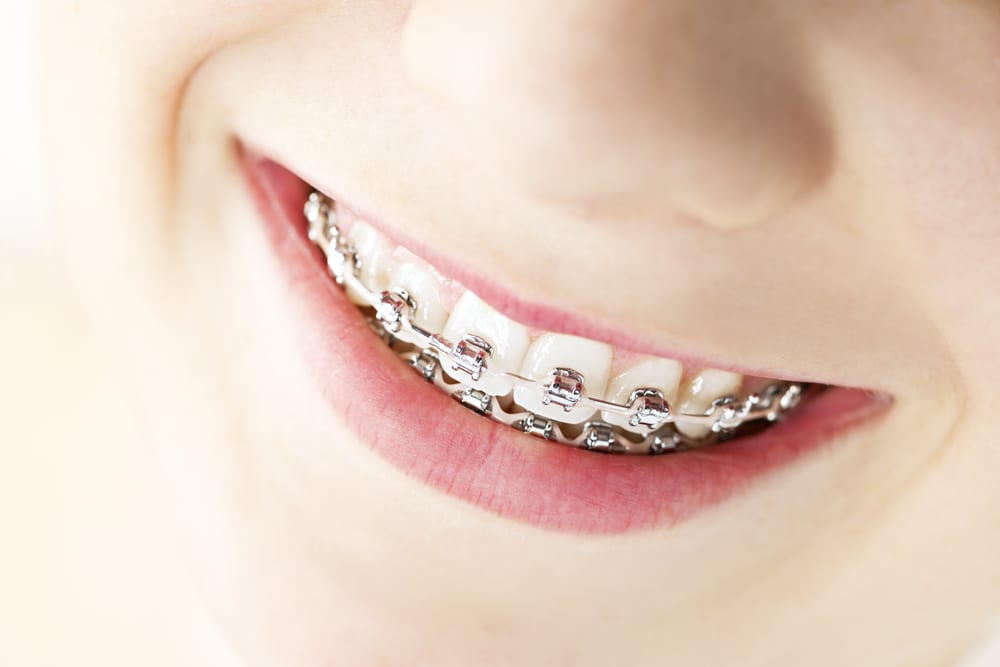Two-phase orthodontic treatment is sometimes necessary for younger children, which is why it’s important for parents to have a thorough understanding of these processes!

Oral health and orthodontic problems are often times rather evident prior to a child developing the entirety of their permanent teeth, and depending on the particular circumstances it may be necessary to undergo a two-phase treatment. This essentially means a child’s orthodontic treatment will be separated into two distinct timeframes, which subsequently will take as much advantage as possible during the more predictable stages of a child’s physical and dental development.
Dr. Karpac and our team of specialists are advocates for two-phase orthodontic treatment when it’s deemed necessary, and we also fully understand how dividing up a child’s time with braces can be rather confusing for parents. This is why we’ve created this article entailing 6 considerations that parents should fully be aware of pertaining to two-phase orthodontic treatment, and by going through this list we’re sure you’ll have a much more thorough comprehension of what this type of treatment process entails.
And as always feel free to reach out to us online to get in touch with our team, and we’ll be happy to answer any further questions or concerns you have.
Two-phase treatments are intended for kids, but they’re not for every child.
The vast majority of orthodontic issues can be treated within one phase after a child has lost all of their baby teeth, but there are certain exceptions that allow for a two-phase treatment process.
Dr. Karpac and the entire team of specialists throughout our two offices will be experts at identifying whether or not a two-phase treatment is necessary, which is why it’s so important to initiate your new child patient form at an early age so we can make these distinctions at the proper developmental time.
Two-phase treatments help with the following:
- Helping the child’s jaws to properly develop and subsequently ensure the proper spacing between permanent teeth.
- Reducing the potential need to pull a child’s permanent teeth later in life.
- Preventing corrective surgery by addressing particular problems that are best to be treated within a child’s rapid growth ages.
- Normalizing the relationship between the lower and upper jaws, particularly if a child is experiencing an underbite.
- Intervening in a child’s prolonged sucking or abnormal swallowing.
- Reducing the amount of pressure in a child’s mouth that can potentially move teeth in the wrong directions and even change the shapes of teeth roots.
- Tucking in protruding front teeth in order to reduce the overall risks of the teeth breaking or experiencing future problems.
Moving a child’s baby teeth is not about aesthetics
It’s always important for parents to understand that two-phase orthodontic treatment may begin with correcting a child’s baby teeth, but this part of the process is ultimately undertaken in order to ensure the overall sufficient spacing of the child’s ensuing permanent teeth.
To some parents it seems trivial to adjust baby teeth, but the main intent of the first phase is to properly set up the second phase of the orthodontic treatment.
Phase One begins while a child still has at least some baby teeth
Sometimes Phase One care will utilize an appliance of some sort, like braces/fixed appliances, or a removable appliance. The type of appliance used in Phase One will typically depend upon the unique needs of each patient.
There are also some circumstances in which a child will need to have some baby teeth removed in order to properly clear the path for their ensuing permanent teeth.
A specified resting period will always follow Phase One
The length of this resting period is unique for each patient, but every two-phase orthodontic treatment patient will always undergo a resting period to let certain physical parameters develop.
Phase Two typically begins when all of a child’s permanent teeth are developed
Phase Two will always have the goals of permanently ensuring a patient’s teeth functionality, pleasing aesthetics and a healthy bite. This means that Phase Two is a lot like a one phase treatment process, but of course the patient has been primed for more efficient movement due to the Phase One treatment.
Contact Dr. Karpac And Our Team Today For More Information About Two-Phase Orthodontic Treatment!
The American Association of Orthodontists (AAO) recommends that a child undergoes their first orthodontic appointment around the age of 7, and this is the official recommendation because it’s necessary for specialists like Dr. Karpac to distinguish if two-phase orthodontic treatment is necessary or not.
If we do notice rather serious orthodontic problems developing, we’ll be sure to monitor this development and administer the appropriate types of treatment. This may entail a two-phase treatment or not, but adhering to the appropriate initial timing of orthodontic treatment should always be a major concern for all parents.
For more information about two-phase orthodontic treatment, feel free to contact us online or call us at 614-766-0330 (Dublin office) or 614-471-6355 (Gahanna office) today so we get you in touch with one of our experts and set up an initial consultation for your child!

